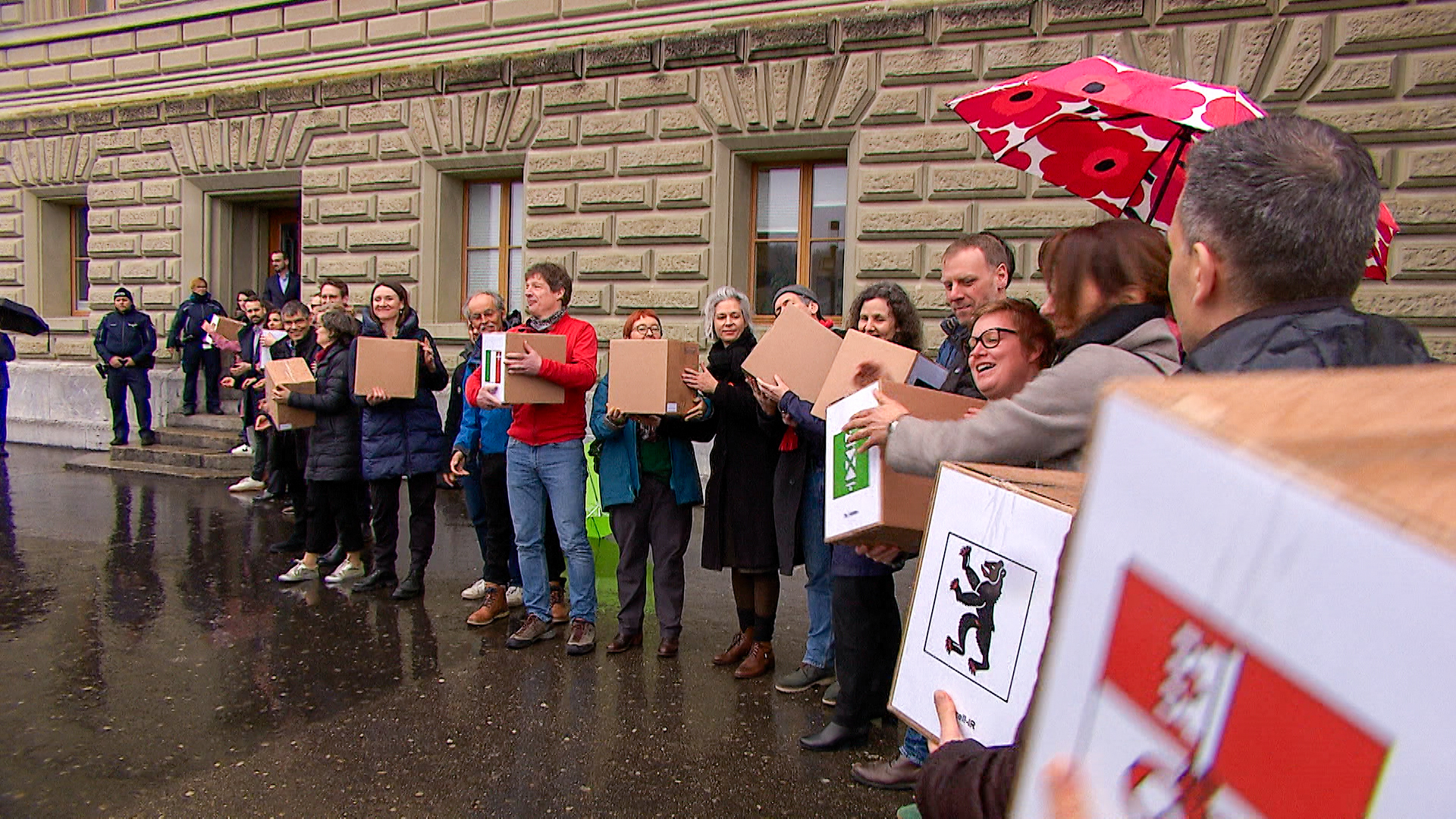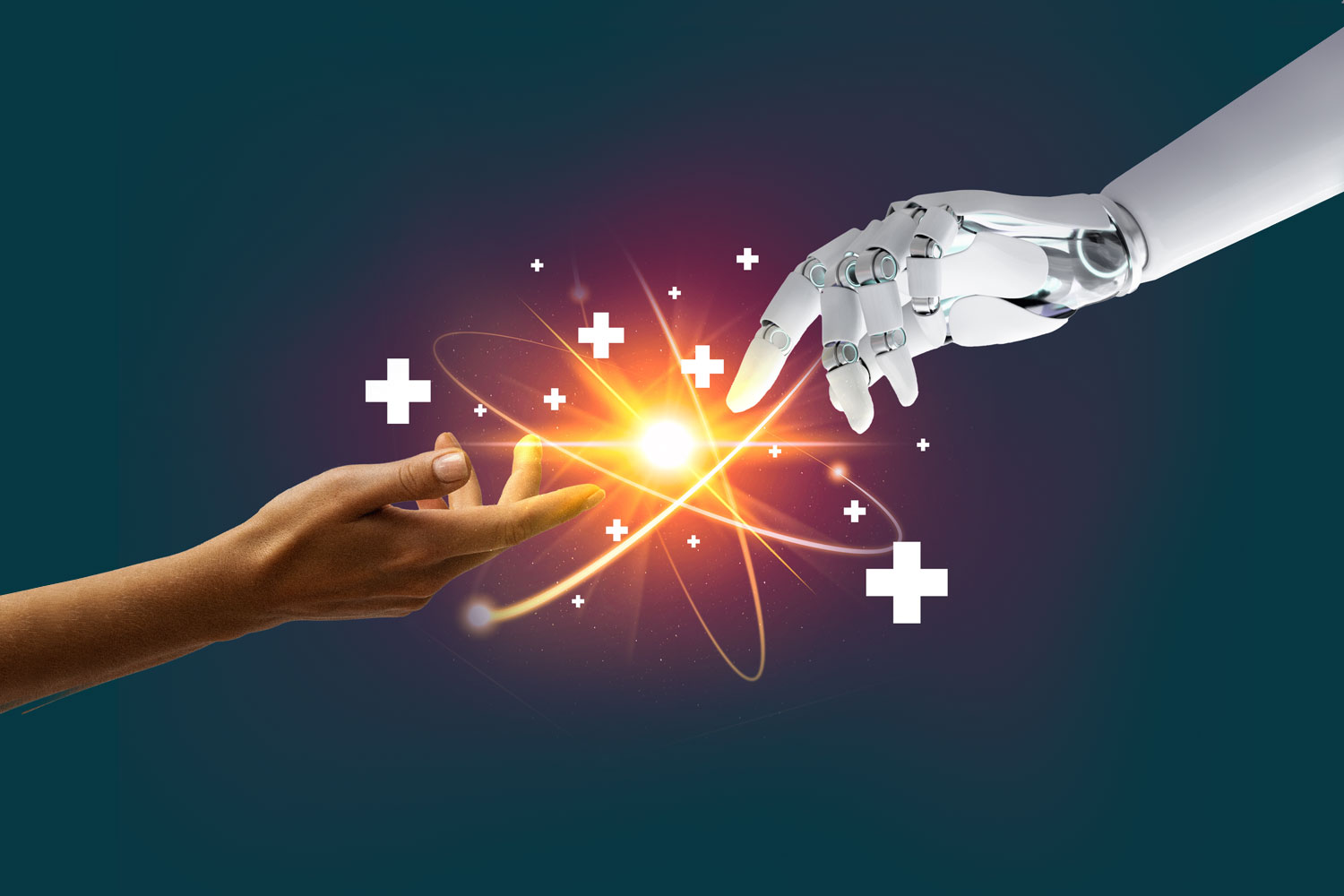
Swiss prosthetic limb helps amputees to feel the floor

Swiss researchers have developed a special prosthesis that enables amputees to feel the ground better when walking. This is thanks to a new method that allows sensors in the sole of the prosthesis to communicate more naturally with the brain.
The federal technology institute ETH Zurich presented the new method on Tuesday in the journal “Nature Communications”. “The prosthesis feels more like a part of the body,” Stanisa Raspopovic from ETH Zurich told the Keystone-SDA news agency.
The three patients on whom the new signal transmission was tested were able to move faster and more safely, as the researchers showed in the study. “Greater mobility is ultimately also good for health,” said Raspopovic. According to the researcher, the test subjects were also able to concentrate on other things while walking. They made fewer mistakes when trying to spell words backwards while climbing stairs.
Prostheses that are connected to the nervous system have been around for several years. However, according to Raspopovic, these lead to unpleasant sensations in patients, such as an annoying tingling sensation on the skin. This is because of the way signals are transmitted in previous prostheses connected to the nervous system. “They send constant electrical pulsations. That’s not how our nervous system works,” explained the researcher.
This is where Raspopovic’s research team came in. The researchers relied on so-called biomimetic stimulation, ie signals that were modelled on nature. “We have learnt the language of the nervous system, so to speak,” explained Raspopovic.
To this end, PhD student Natalija Katic developed a computer model called FootSim, stated a ETH Zurich press release. It is based on data that records the activity of special sensory cells in the sole of the foot. The computer model shows exactly how the sensory cells in the soles of the feet behave during walking or running.
To test how well the model simulates the signals from the sole of the foot, the researchers first implanted electrodes in cats on the leg nerve and spinal cord.
When they applied pressure to the cat’s paw from below to generate the natural nerve activity during a cat’s step, the activity patterns recorded in the spinal cord actually resembled the patterns that occurred in the spinal cord after the researchers had stimulated the nerve in the leg with biomimetic signals.
In contrast, the conventional rigid stimulation produced a significantly different pattern in the spinal cord of the cats. According to Raspopovic, this shows that biomimetic stimulation is superior to conventional stimulation.
According to Raspopovic, the realisation that such nature-inspired signals work better than others is also important for other instruments, such as spinal implants or electrodes for brain stimulation.
Translated from German by DeepL/mga
This news story has been written and carefully fact-checked by an external editorial team. At SWI swissinfo.ch we select the most relevant news for an international audience and use automatic translation tools such as DeepL to translate it into English. Providing you with automatically translated news gives us the time to write more in-depth articles.
If you want to know more about how we work, have a look here, and if you have feedback on this news story please write to english@swissinfo.ch.

In compliance with the JTI standards
More: SWI swissinfo.ch certified by the Journalism Trust Initiative


























You can find an overview of ongoing debates with our journalists here . Please join us!
If you want to start a conversation about a topic raised in this article or want to report factual errors, email us at english@swissinfo.ch.